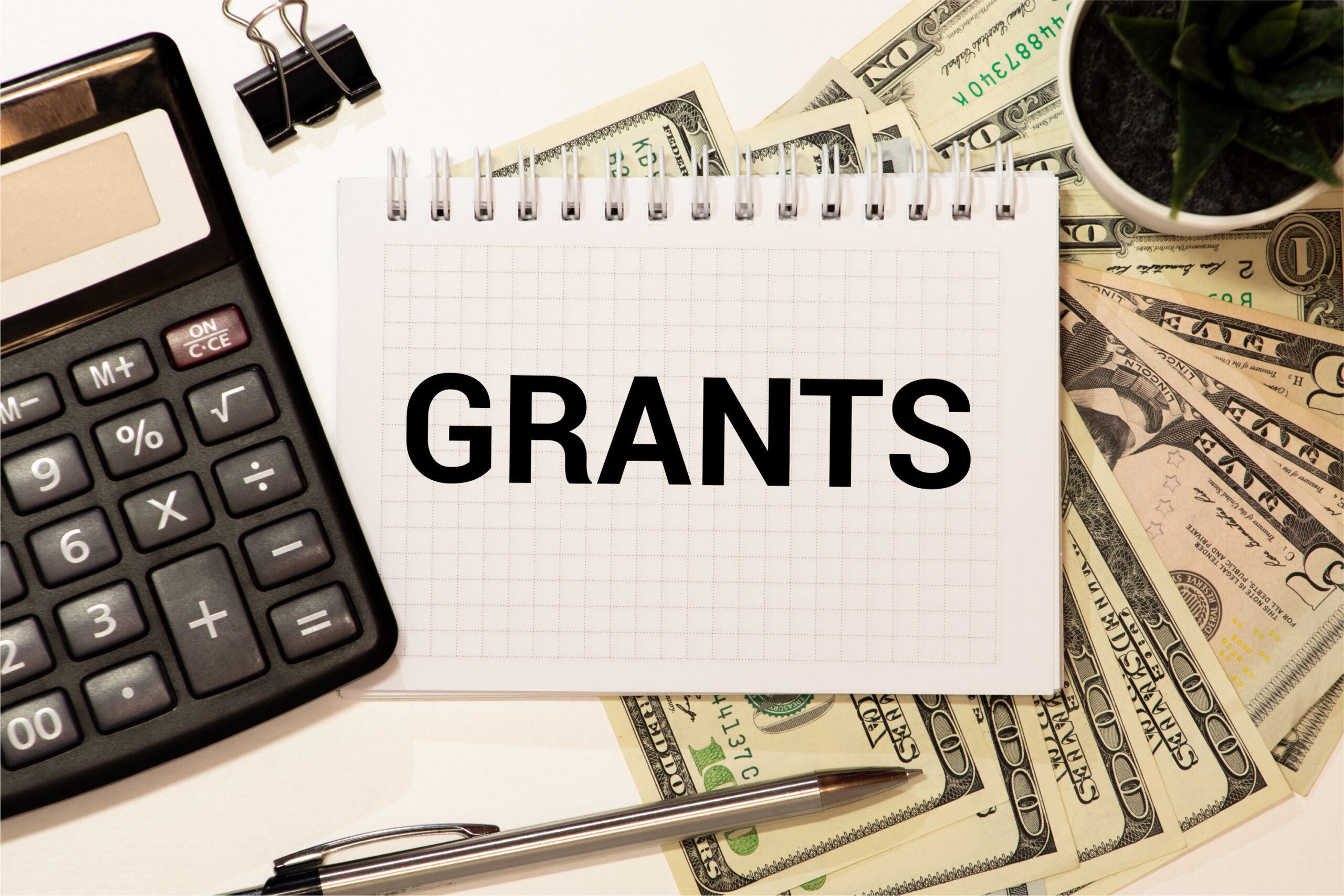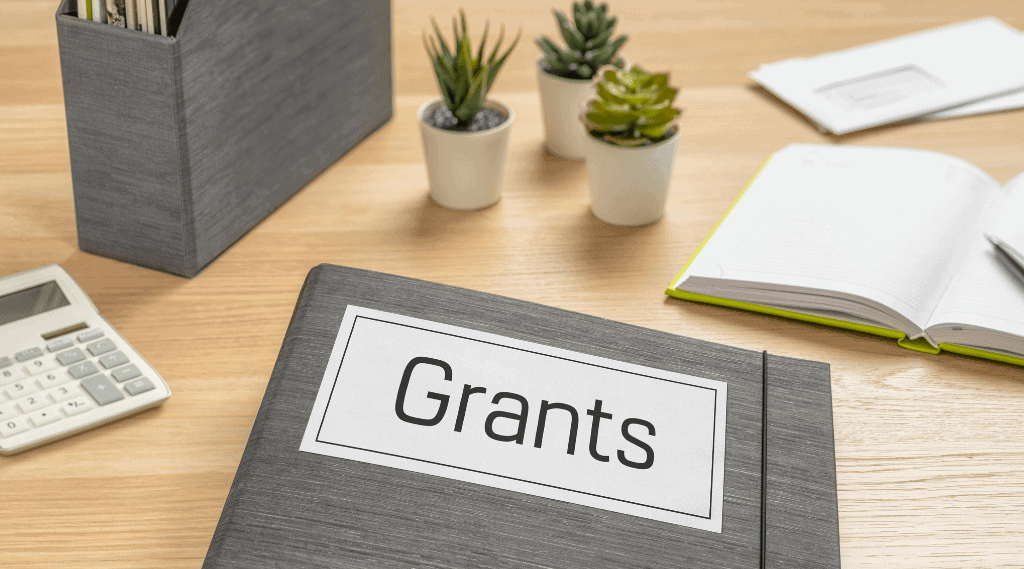Building a List of Potential Grantors is a key step for anyone looking to secure funding for a project or organization. I’ve spent years learning that a targeted approach to identifying and connecting with the right grantors can make all the difference.
In this post, I share a friendly guide that covers why building this list matters, practical steps to create one, and some common questions that come up along the way.
I’ve also added a few helpful links and resources that I’ve found valuable in my own journey.
The Value of a Well-Curated Grantor List
A focused list of potential grantors isn’t just a spreadsheet—it’s the foundation of your fundraising strategy. I have seen firsthand how tailored outreach can lead to higher success rates.
In fact, studies have shown that nonprofits and projects that research and customize their grant proposals often experience up to a 30% increase in success compared to generic submissions. Taking the time to understand what each grantor supports, their giving history and application requirements can really pay off.
When you build a list with care, you save time and energy by targeting funders who align with your goals. This approach helps you avoid the frustration of applying to organizations that are not a good match for your mission. Instead, you can focus on building relationships with those who have a genuine interest in your work.
Just Before You Go
Empower individuals to overcome barriers, gain essential skills, and secure gainful employment through our proven programs—KeelMaster, KeelWings, and KeelMate. Your support can spark change and build brighter futures.
Donate NowSteps to Build Your Grantor List
I break down the process into manageable steps that anyone can follow:
1. Define Your Funding Needs
Before diving into research, clarify your funding goals. Ask yourself:
- What project or aspect of my organization needs funding?
- What is the amount of funding I am seeking?
- How does this funding fit into my overall mission?
A clear picture of your funding needs helps narrow down which grantors are likely to be a good match.
2. Research Potential Grantors
There are several reliable sources you can use for your research. Here are a few I often rely on:
- Grants.gov: This is the main portal for federal grant opportunities in the United States. It offers a searchable database that can help you find funding options aligned with your project. Visit Grants.gov
- Candid (formerly the Foundation Center): Candid is a comprehensive resource for foundation funding. Their databases and research tools allow you to explore detailed profiles of various grantmakers. Explore Candid
- Local Government and Community Foundations: Often, smaller or local grant opportunities are available through community foundations. Check your city or state’s official website for local funding resources.
I also find that libraries and nonprofit resource centres can offer training sessions or even personal consultations on grant research.
3. Organize Your Findings
Once you start gathering information, it’s crucial to organize it. I usually create a simple spreadsheet with columns for:
- Name of the grantor
- Funding focus areas
- Application deadlines
- Contact information
- Notes on any previous interactions or tips for future outreach
This list doesn’t need to be complex. It simply acts as a tool to keep track of who might be interested in your project and when you should reach out.
4. Analyze and Refine Your List
Not every potential grantor is a perfect match. After you compile your list, review each entry:
- Does the grantor fund projects similar to mine?
- Are my goals in line with their funding priorities?
- How recently have they awarded grants?
This step is about quality over quantity. I always try to focus on a smaller number of grantors who are the best fit, rather than a long list of names that may not align with my needs.
5. Plan Your Outreach
Now that you have your refined list, think about how to make contact. Start by:
- Following them on social media to stay updated on any funding announcements.
- Subscribing to their newsletters or email updates.
- Noting any networking events or informational webinars they host.
Creating a schedule to reach out or follow up with each grantor can help maintain a steady flow of communication. I often set reminders on my calendar so I don’t miss critical deadlines or opportunities to engage.
Tools and Resources for Building Your List
A few online tools and platforms have helped me streamline the process:
- Google Sheets or Excel: These tools are perfect for organizing your list. They offer filtering and sorting functions that help you quickly identify the best prospects.
- Grant Research Databases: In addition to Grants.gov and Candid, websites like GrantWatch can provide additional leads. Although some features might require a subscription, even the free data can be insightful.
- Social Media and Professional Networks: LinkedIn groups and Twitter chats focused on nonprofit funding can be great places to discover new grantors. I’ve found that engaging in these communities often leads to personal recommendations and insider tips.
It’s also a good idea to check out success stories and case studies from organizations similar to yours. Many nonprofits share their experiences in blogs or on their websites, offering real-world insights into what works best when reaching out to funders.
Overcoming Common Challenges
Building a grantor list isn’t always smooth sailing. Here are a few hurdles I’ve faced and some thoughts on overcoming them:
- Information Overload: There’s so much information out there that it’s easy to feel overwhelmed. I try to focus on a handful of high-quality resources rather than trying to gather data from every available source.
- Keeping Data Current: Grant deadlines and priorities can change quickly. I review and update my list every few months to make sure I’m working with the latest information.
- Personalizing Outreach: Even with a great list, reaching out can feel impersonal if it’s not tailored to each grantor. I’ve learned to take a few extra minutes to read up on each organization’s recent activities so I can mention something specific in my emails or proposals.
By facing these challenges head-on, I can refine my approach and keep my list as effective as possible.
Frequently Asked Questions
How often should I update my grantor list?
I recommend reviewing your list at least every three months. This helps ensure that deadlines, priorities, and contact details are current.
What if I don’t have a lot of time for research?
Focus on the top two or three resources like Grants.gov and Candid. Even a limited amount of research can yield valuable leads.
Should I only include grantors who fund my exact type of project?
While it’s important to look for alignment, sometimes broader funding priorities can be a match if you can clearly articulate how your project meets their goals.
Can I reach out to grantors without an initial contact
Absolutely. Many grantors appreciate proactive inquiries. Just be sure to do your homework so your questions or proposals are informed and respectful.
How do I track my communications with each grantor?
Use a simple spreadsheet or a free customer relationship management (CRM) tool designed for nonprofits. This helps keep all your notes and deadlines in one place.
Further Resources
For more detailed insights and guidance, you might find these links useful:
- Grants.gov Resource Center: Offers tutorials and guides on how to apply for federal grants. Grants.gov Resource Center
- Candid’s Learning Network: Provides webinars and articles on grant research and proposal writing. Candid Learning Network
- National Council of Nonprofits: A great source for nonprofit news and funding strategies. National Council of Nonprofits
I also recommend checking out local nonprofit associations or community foundations, as they often have region-specific tips and opportunities that can be incredibly helpful.
Wrapping Up
Building a list of potential grantors is more than just compiling names and email addresses; it’s about creating a targeted, strategic plan that can lead to meaningful connections and, ultimately, successful funding.
I have learned that taking a systematic approach—defining your needs, researching thoroughly, organizing your findings, and planning your outreach—can significantly boost your chances of success.
I hope this guide makes the process feel a bit more manageable and encourages you to start building a strong list today. What strategies will you try first when you begin crafting your own list of potential grantors?
Just Before You Go
Empower individuals to overcome barriers, gain essential skills, and secure gainful employment through our proven programs—KeelMaster, KeelWings, and KeelMate. Your support can spark change and build brighter futures.
Donate Now



